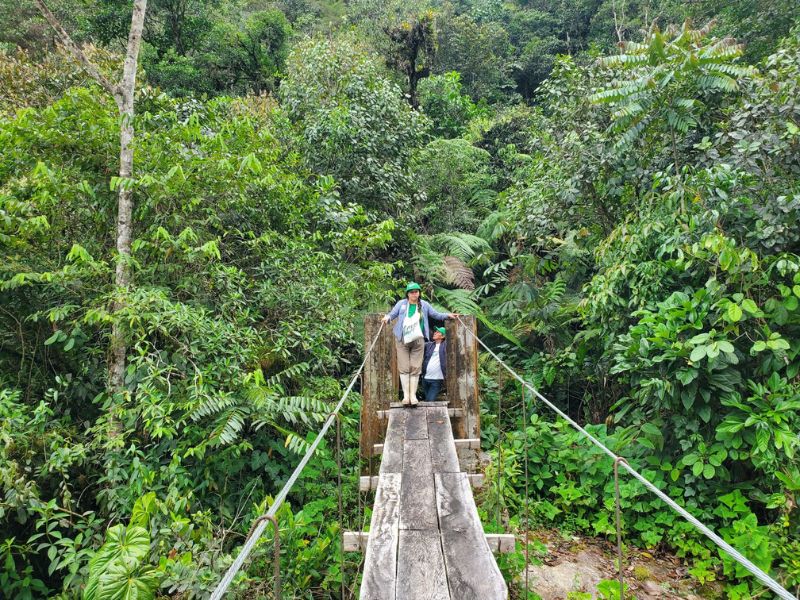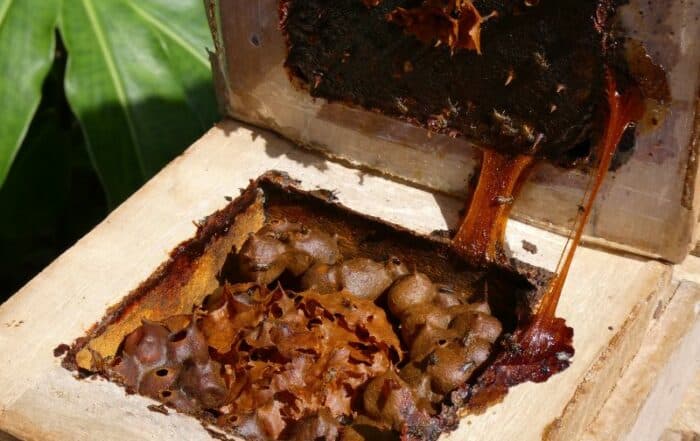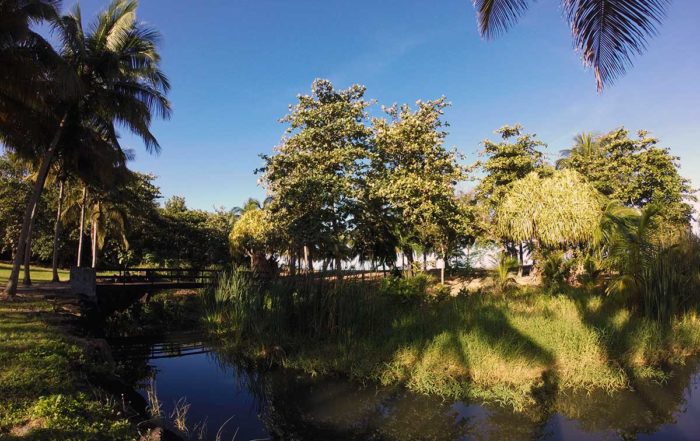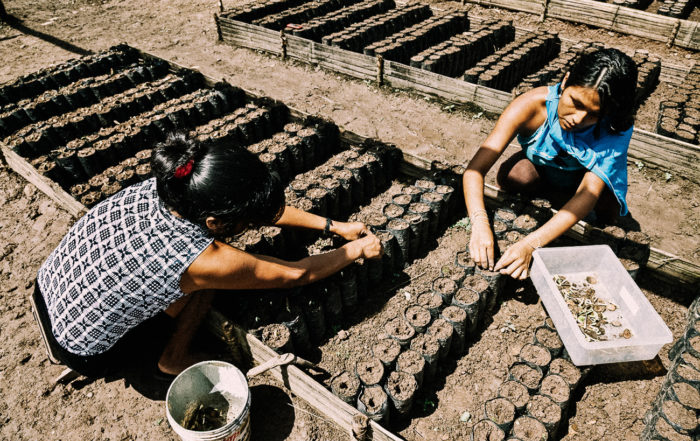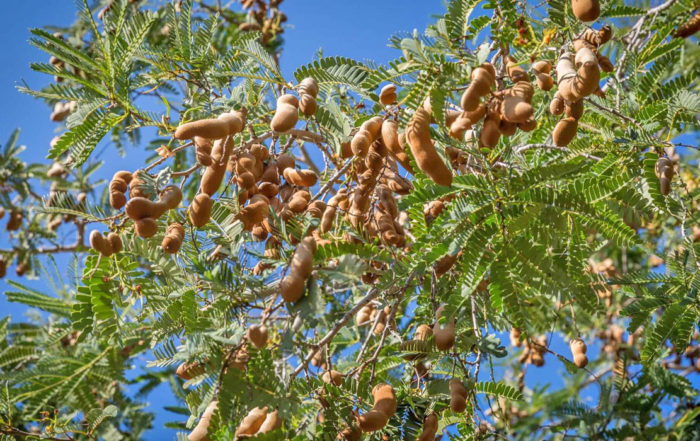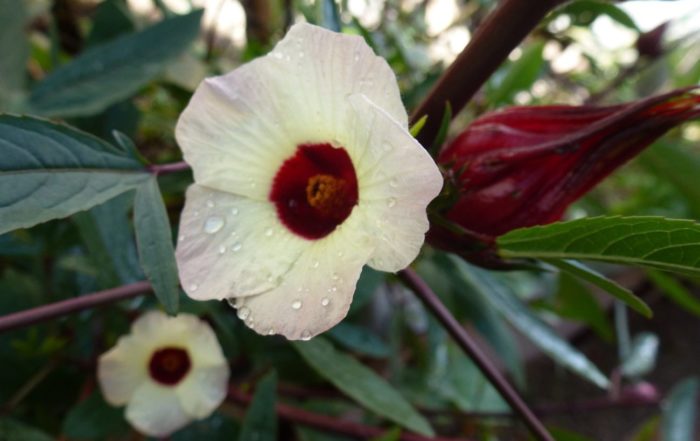Ecotourism is a real alternative for forest conservation, it allows communities to keep the forest intact, enjoy ecosystem services and develop an additional economic activity. Several activities are organized according to the needs of the communities and the diagnosis realized. In Piamonte, Colombia, for example, the communities have already initiated ecotourism, and are now aiming to develop and perpetuate the activity. In Peru, in Tingo Maria as in Pichanaki, a diagnosis of the ecotourism potential must be first carried out in order to take stock of the current state of ecotourism activity, the needs and to adapt the support to the populations.
Once the diagnosis has been made, various activities can be deployed: setting up trails, reception areas, guide scripts, guide training and customer service, informative posters on biodiversity, links with eco-tourism agencies, social networks, etc. Once again, the aim of ecotourism is twofold, since it both diversifies the communities’ income and enhances the value of the Amazon rainforest, showing the richness of its biodiversity and the importance of keeping it standing rather than cutting it down.
Community training in ecotourism is carried out mainly by experts in the field, and young people are given a major role to play in market research, meeting customers and communication.
Example of ecotourism project: Communitarian Agrotourism in the colombian caribbean

